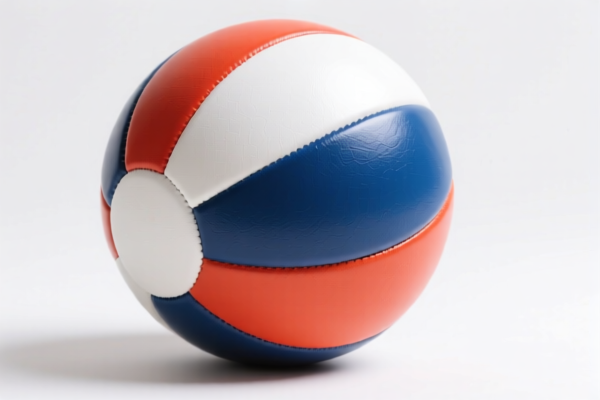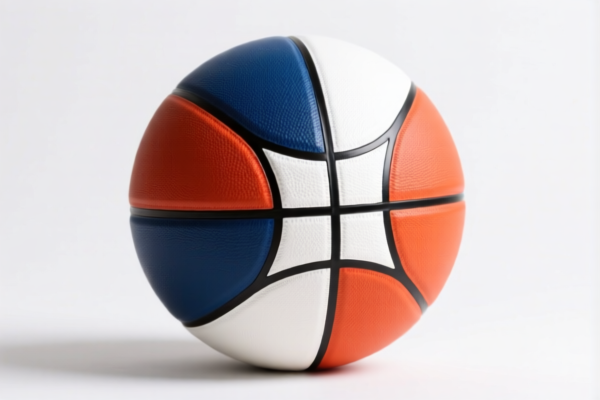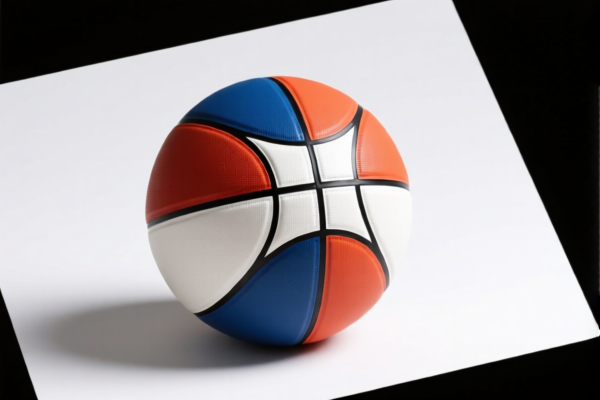| HS Code | Official Doc | Tariff Rate | Origin | Destination | Effective Date |
|---|---|---|---|---|---|
| 9506696020 | Doc | 42.4% | CN | US | 2025-05-12 |
| 9506696010 | Doc | 42.4% | CN | US | 2025-05-12 |
| 9504906000 | Doc | 30.0% | CN | US | 2025-05-12 |
| 9504909040 | Doc | 37.5% | CN | US | 2025-05-12 |
| 8206000000 | Doc | The rate of duty applicable to that article in the set subject t+30.0% | CN | US | 2025-05-12 |
| 9605000000 | Doc | 38.1% | CN | US | 2025-05-12 |
| 7326110000 | Doc | 80.0% | CN | US | 2025-05-12 |
| 7326908688 | Doc | 82.9% | CN | US | 2025-05-12 |
| 7323997000 | Doc | 60.3% | CN | US | 2025-05-12 |
| 7323999080 | Doc | 83.4% | CN | US | 2025-05-12 |
| 3926901000 | Doc | 40.9% | CN | US | 2025-05-12 |
| 3923900080 | Doc | 58.0% | CN | US | 2025-05-12 |




Ball Target
A ball target is a device used in various sports and recreational activities for practicing aiming and accuracy by providing a designated point to strike with a ball. These targets come in a wide variety of forms, materials, and complexities depending on the sport and intended use.
Materials
- Fabric: Commonly used for softer targets in games like cornhole or for backdrop targets in archery. Materials include canvas, nylon, and polyester.
- Metal: Durable metal targets are often used in shooting sports, particularly steel targets designed to withstand repeated impacts from bullets. Aluminum and AR500 steel are common choices.
- Plastic: Lightweight and affordable, plastic targets are frequently employed in sports like golf, soccer, and baseball. High-density polyethylene (HDPE) is a typical material.
- Wood: Traditional targets, like those used in archery, are often constructed from wood, typically softwood like pine or poplar.
- Foam: Used for safer practice, foam targets are common in archery, Nerf gun practice, and other low-impact activities.
Purpose
The primary purpose of a ball target is to provide a visual focal point for improving accuracy and precision. They serve as a training aid and can also be used for competitive games. Specific purposes include:
- Skill Development: Practicing aiming and refining throwing or shooting techniques.
- Accuracy Assessment: Measuring performance and tracking improvement over time.
- Recreational Games: Providing a goal or objective in fun, casual activities.
- Competition: Defining scoring zones in organized sports and events.
Function
Ball targets function by providing a clear indication when struck by a ball. The method of indication varies:
- Visual Displacement: The ball physically moves or knocks down the target.
- Audible Feedback: Metal targets produce a ringing sound upon impact.
- Visual Marking: Targets may have scoring zones or markings that become visible upon impact.
- Electronic Sensors: Some targets use sensors to detect impacts and provide digital scoring or feedback.
Usage Scenarios
- Archery: Targets are used for practicing archery skills, often with concentric rings for scoring.
- Shooting Sports: Steel targets are used for practicing pistol, rifle, and shotgun shooting.
- Golf: Targets include holes, flags, and nets for practicing putting, chipping, and driving.
- Soccer: Goals and designated areas on walls or backdrops are used for practicing shooting accuracy.
- Baseball: Nets and strike zones are used for practicing pitching and hitting.
- Cornhole: Fabric targets with holes are used for tossing beanbags.
- Nerf/Softball/Paintball: Foam targets are used for safe practice and games.
Common Types
- Static Targets: Stationary targets that remain in a fixed position. (e.g., archery target, cornhole board)
- Moving Targets: Targets that move to simulate real-world scenarios. (e.g., clay pigeons in skeet shooting, automated target systems)
- Pop-Up Targets: Targets that spring up when struck, providing instant feedback.
- Reactive Targets: Targets that provide a more dynamic response upon impact, such as falling down or changing shape. (e.g., steel targets)
- Electronic Targets: Targets equipped with sensors that provide digital scoring and feedback.
- Backstop Targets: Large targets used to safely contain balls and prevent them from traveling beyond a designated area.
Based on the provided information, “ball target” can be classified under the following HS codes:
-
9506696020: This HS code falls under Chapter 95, which covers articles and equipment for general physical exercise, gymnastics, athletics, or outdoor games. Specifically, it covers balls (other than golf balls and table-tennis balls) classified as “Other: Other”. The basic tariff is 4.9%, with an additional surcharge of 7.5%. After April 2, 2025, the surcharge increases to 30.0%, resulting in a total tariff of 42.4%.
-
9506696010: Similar to the above, this HS code also falls under Chapter 95, covering articles and equipment for physical exercise, gymnastics, athletics, or outdoor games. It specifically covers balls (other than golf balls and table-tennis balls) classified as “Other: Other Polo balls”. The basic tariff is 4.9%, with an additional surcharge of 7.5%. After April 2, 2025, the surcharge increases to 30.0%, resulting in a total tariff of 42.4%.
Regarding HS code 9506696020 and 9506696010, it is important to determine the specific type of ball to ensure accurate classification. If the ball is a polo ball, HS code 9506696010 should be used. Otherwise, HS code 9506696020 is more appropriate.
Customer Reviews
No reviews yet.